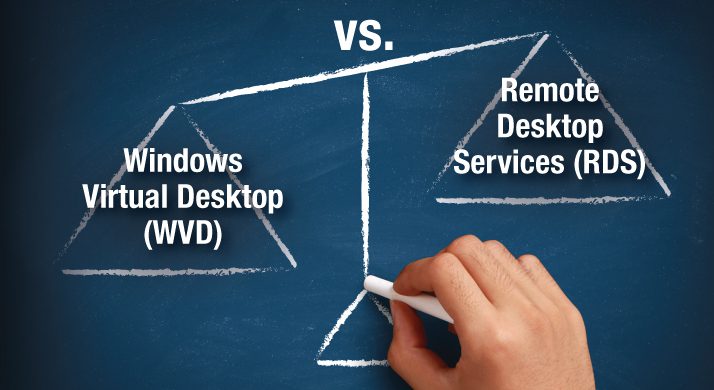Desktop as a Service: What is it, and why is it on the rise?:
It’s no wonder DaaS is expected to see astronomical growth

The market for Desktop as a Service (DaaS) is expected to increase from $650 million in 2017 to $4.67 billion by 2020, according to one estimate.
That’s a massive jump, and you might be asking yourself: “Why?” To answer that question, you must first start with the obvious: breaking down just exactly what DaaS is.
What is DaaS?
By definition, DaaS is a virtual desktop infrastructure (VDI) hosted by a third-party cloud service provider.
What makes DaaS so exciting is that it provides the benefits of VDI–things like centralized management, improved data security, and simplified deployment–while at the same time avoiding the costs, limitations, and complexities of VDI implementation.
For instance, on-premises VDI requires CapEx investments in servers and storage. As a result, customers must plan for growth by purchasing additional capacity in advance or they’ll struggle to quickly scale their VDI deployments.
Additionally, skilled resources are needed to support these environments, and performance can suffer for remote workers depending on their proximity to a data center. DaaS attacks these issues head-on.
DaaS replaces the CapEx of VDI with OpEx costs. This includes subscriptions at a set monthly rate, where organizations need only pay for the desktops they use. Virtual desktops and apps can be quickly added or removed from the monthly subscriptions and cloud-hosted desktops can be deployed on a global scale, thereby providing users access to their virtual desktops from just about everywhere.
Additional benefits of DaaS
Organizations adopting DaaS can realize many additional benefits.
DaaS ensures a consistent user experience in bring your own device (BYOD) environments, regardless of the device format or brand. This is notable because BYOD also tends to reduce the “shadow IT” culture in organizations.
DaaS delivers better performance and access to users’ desktop capabilities and applications from anywhere in the world by automatically connecting users to the nearest data center. The experience is further improved by the use of PCoIP or Blast Extreme, which efficiently leverages a limited bandwidth network.
DaaS enhances security and compliance by enabling a consistent set of security controls across mobile devices on any operating system or hardware. This ensures data privacy since no data is downloaded, stored, or processed on the local device. Instead, data is only displayed. Furthermore, DaaS gives organizations the agility to quickly provide desktop resources with all the necessary access and permissions, while also maintaining control through the creation of desktop images in the cloud.
Putting DaaS to use
Amazon, Citrix, Microsoft, Nutanix, and VMware are among the many providers offering DaaS implementations today. The flexibility and agility of these solutions make DaaS particularly well-suited for developers who may have short-term needs for multiple desktops to quickly build and test new workloads, or for organizations that need to deploy new desktops to support a merger or acquisition.
DaaS can provide a cost-effective business continuity/disaster recovery plan to ensure employee productivity in the event of a disaster. It can also accelerate Windows 10 migrations by avoiding the upgrade or replacement of existing desktop hardware.
In the end, DaaS eliminates the need to manage underlying VDI hardware and does not require the same level of expertise and experience as VDI deployments. Given these benefits, it’s no wonder DaaS is expected to see astronomical growth over the next few years.
Contact your SHI account executive to learn more about how you can benefit by adopting Desktop as a Service technology.




